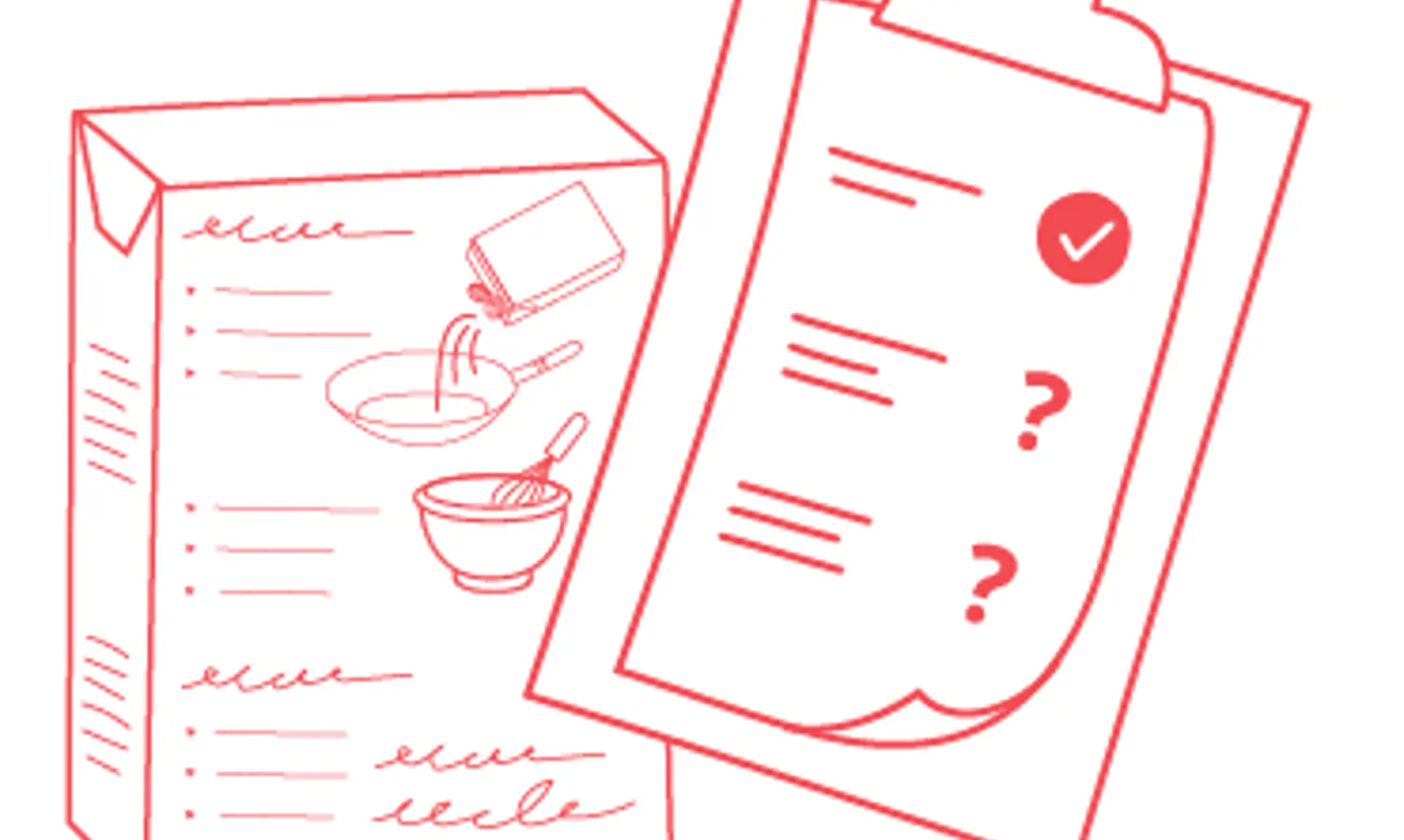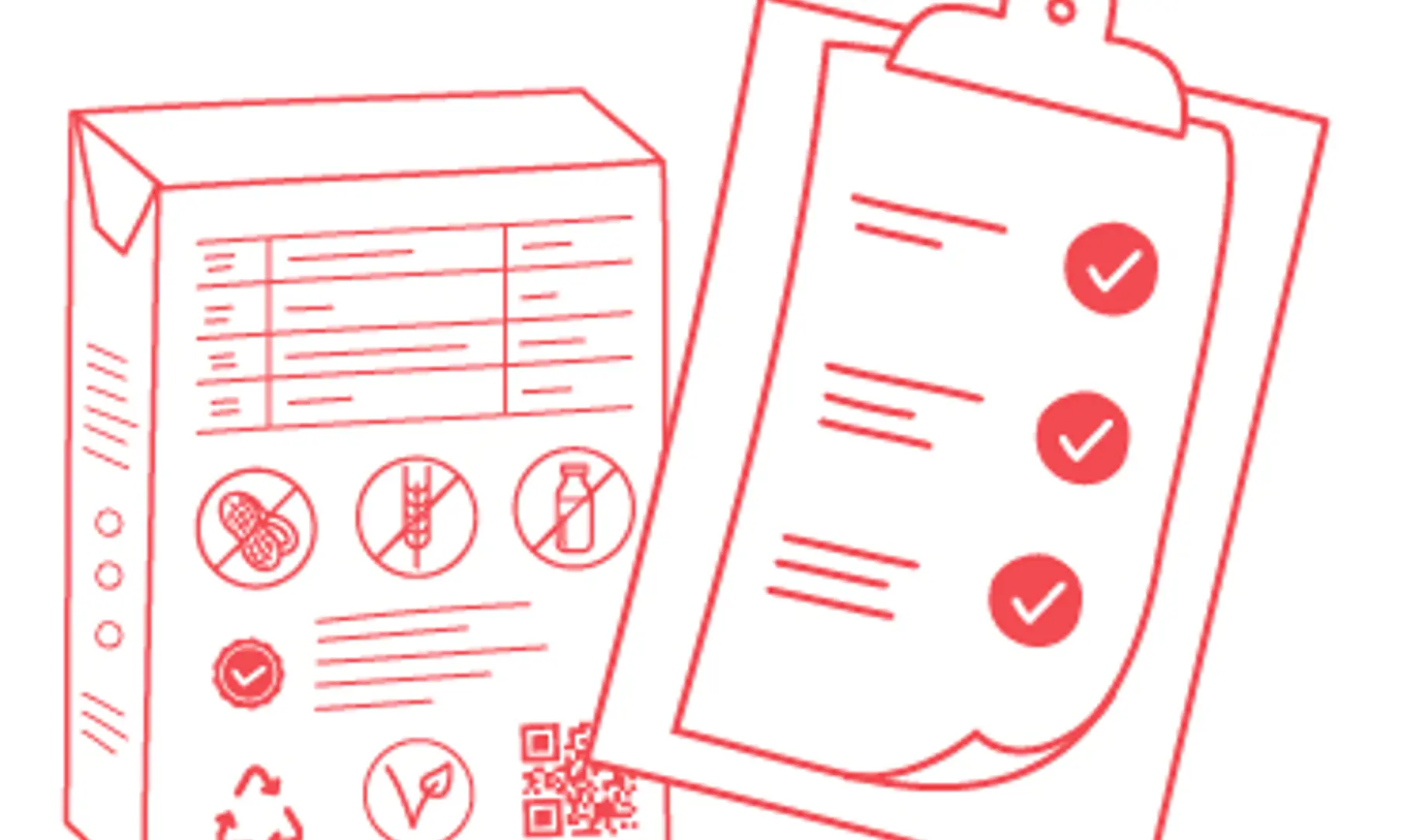Evolution of info labels

In part five of Time Travel with Packaging, we look at how providing consumers relevant information can be key to building brand loyalty – and how such information has been dispensed over the years.
Information is power. And consumers want that power. They want to know everything about the product they are about to consume, making effective labelling vital. But is this quest relatively new or has it been a decisive factor for longer than we think?
The answer is complicated. Historically, food labelling can be traced back to Ancient Rome and the Middle Ages, with bread being stamped to keep sellers from overcharging, and wine bottles coming with a mark referring to the place of origin. However, in such cases, labelling was for control purposes rather than keeping people in the loop.
Jumping forward to the modern age, there were no standard regulations regarding food safety information or ingredients until the 1900s. Food labels as we know them today did not start making an appearance until the early 1940s in the UK, followed by the US almost two decades later – with the death of President Zachary Taylor in 1850 due to consumption of contaminated food apparently having no major effect. As for those common best-by dates, they would not become a norm until the 1970s.
The first food labels
As packaged foods became more popular in the early 1900s, manufacturers started leveraging information on the packs to engage consumers. From offering recipes to listing healthy ingredients, companies highlighted whatever they wanted – often leading to misrepresentation or overpromising. It was clear that regulations were needed to ensure consumer health and safety.

In the first half of the 20th century, food regulations prioritised consumer health and awareness of ingredients, including allergens. Things changed around WWII, with lawmakers worldwide developing policies about nutritional claims. The change was spurred both by consumers becoming more aware of what they were eating, and authorities realising the value of food safety and nutrition.
Going beyond standards
We have come a long way since then. Today, food and beverage packages are used as a medium to carry an extensive amount of information – be it standardised nutritional content and thorough allergen warnings or instructional, sourcing and even recycling information. And with consumers eager to know everything about food and beverage products, manufacturers are ready to deliver whatever information they need.

Technology for today and tomorrow
Present-day sourcing information goes far beyond mere claims, with end-to-end traceability the order of the day. To further build trust manufacturers are also focusing on convenience and accessibility, with smart technology making limited real estate on packaging a thing of the past.
Take SIG’s connected pack solutions PAC.TRUST and PAC.ENGAGE, both of which provide manufacturers various ways to offer consumers information that can be accessed via a smart device. Whether it relates to ingredients, allergens, sourcing, or recycling – there are many possibilities. Reach out to us if you want to explore which of these solutions can help you step into the future of informative packaging.
In the next part of the series, we will delve into the link between branding and packaging. Subscribe to SIGnals Update, our exclusive bi-weekly newsletter, for our take on how packaging can elevate the perception of your brand – as well as other insights about the food and beverage industry.
- septembrie 08, 2022
